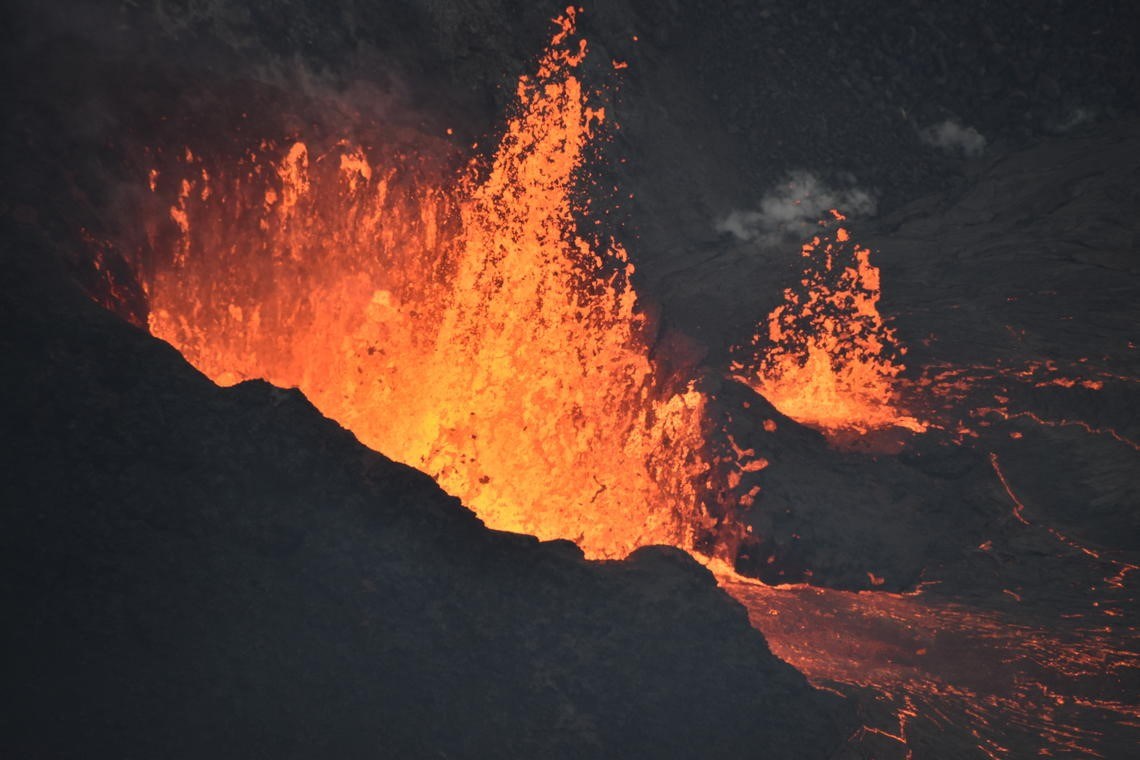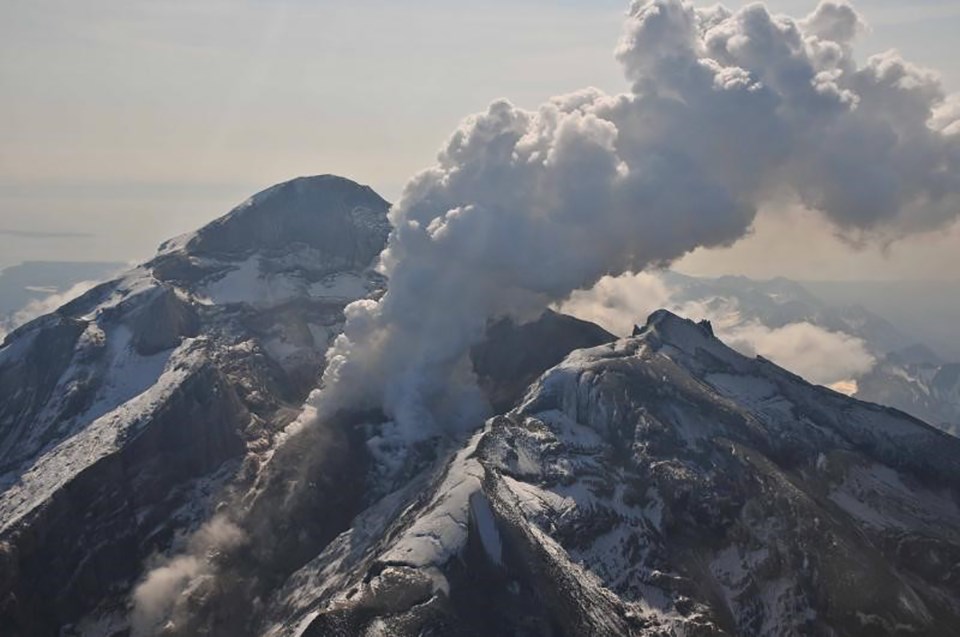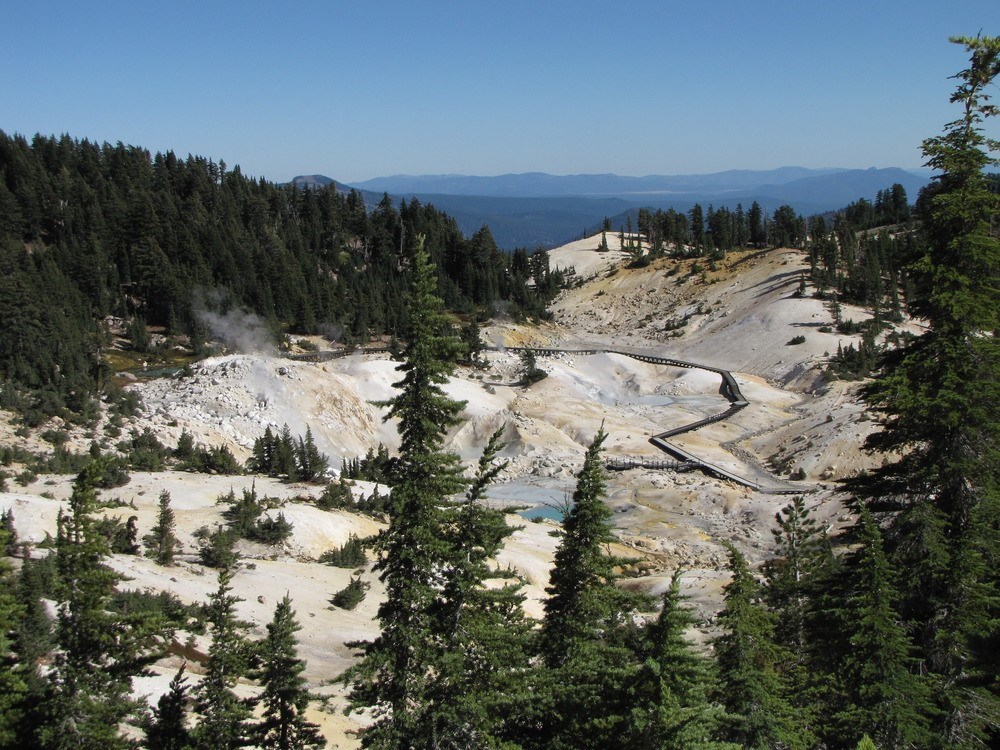
USGS photo by B. Carr.
Introduction
Volcanic processes consist of all the volcano-related processes that happen on volcanic landforms. Volcanic processes include phenomena that occur before, during, and after volcanic eruptions, and also volcano-related processes that impact them between and after eruptions.
Volcanic Earthquakes
Volcanic earthquakes are caused by movement of magma and gases within and underneath a volcano. Volcanic tremor consists of a long-lasting release of seismic energy that may be rhythmic or harmonic and is associated with magma in motion. Other types of shallow earthquakes may be caused by rock fracturing or cracks resonating in response to magma and fluid movements. These earthquakes are often precursors to an eruption.
Featured Video
IRIS is a world leader in advancing discovery, research, and education in seismology to understand our planet and to benefit society, see IRIS—Teaching Resources.
Volcanic Eruptions

AVO/USGS photo by Waythomas, C. F..
Volcanic eruptions consist of the expulsion of gases, rock fragments, and/or molten lava from within the Earth through a vent. Volcanic eruptions may produce lava flows, lava domes, blasts, eruption columns, pyroclastic flows, lahars, and landslides and debris flows.
Learn more
Lahars and Landslides
Lahars and landslides may occur during eruption, but may also occur without volcanic activity.
Learn more
Hydrothermal Alteration

NPS photo.
Hydrothermal alteration takes place when hot volcanic gases mix with groundwater. Hydrothermal fluids are frequently acidic from sulfur-rich volcanic gases. Hydrothermal alteration alters volcanic rocks to form clay minerals, zeolites, and other minerals. Hydrothermal alteration weakens rocks and areas of volcanoes that have been hydrothermally altered are more susceptible to erosion and mass wasting processes.
Hydrothermal alteration occurs anywhere on volcanoes where there are hot fluids present, such as in or adjacent to craters, near fumaroles (link to article), and in other geothermal areas.
Learn More
Related Links
-
Hawaiʻi Volcanoes National Park (HAVO), Hawai'i—[HAVO Geodiversity Atlas] [HAVO Park Home] [HAVO npshistory.com]
-
Lake Clark National Park & Preserve (LACL), Alaska—[LACL Geodiversity Atlas] [LACL Park Home] [LACL npshistory.com]
-
Lassen Volcanic National Park (LAVO), California—[LAVO Geodiversity Atlas] [LAVO Park Home] [LAVO npshistory.com]
Last updated: April 14, 2023
